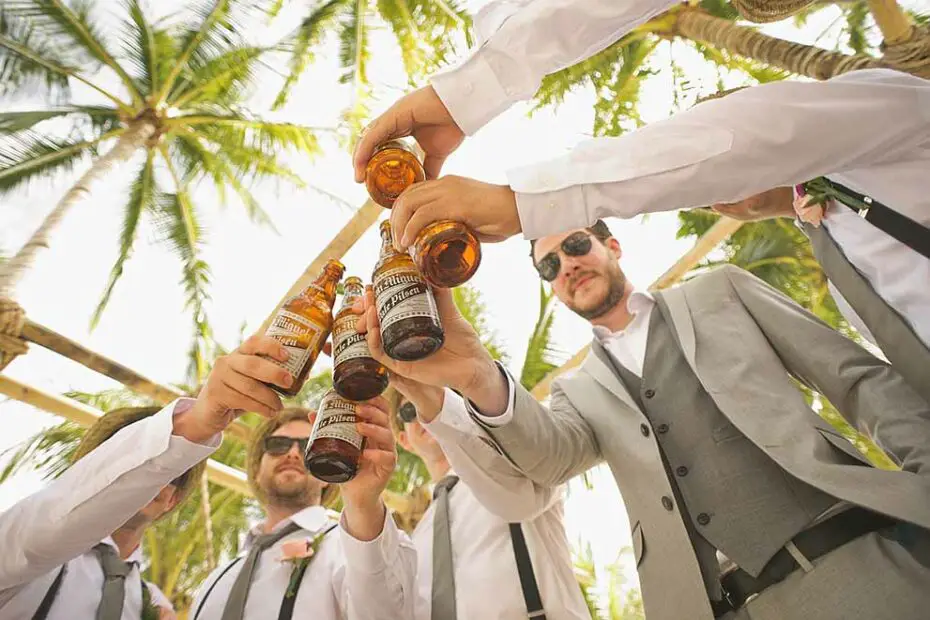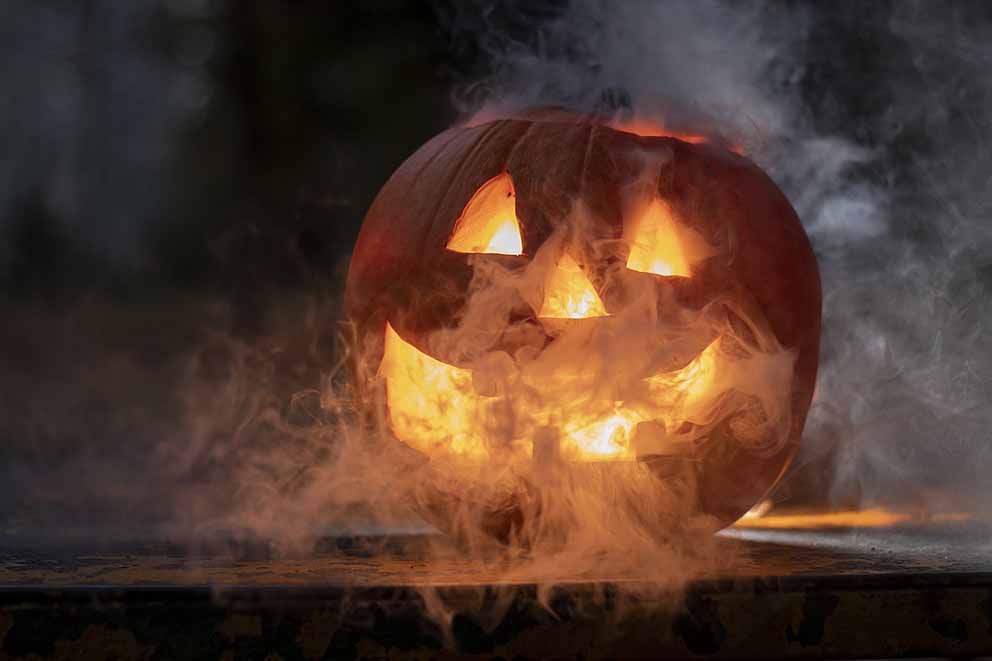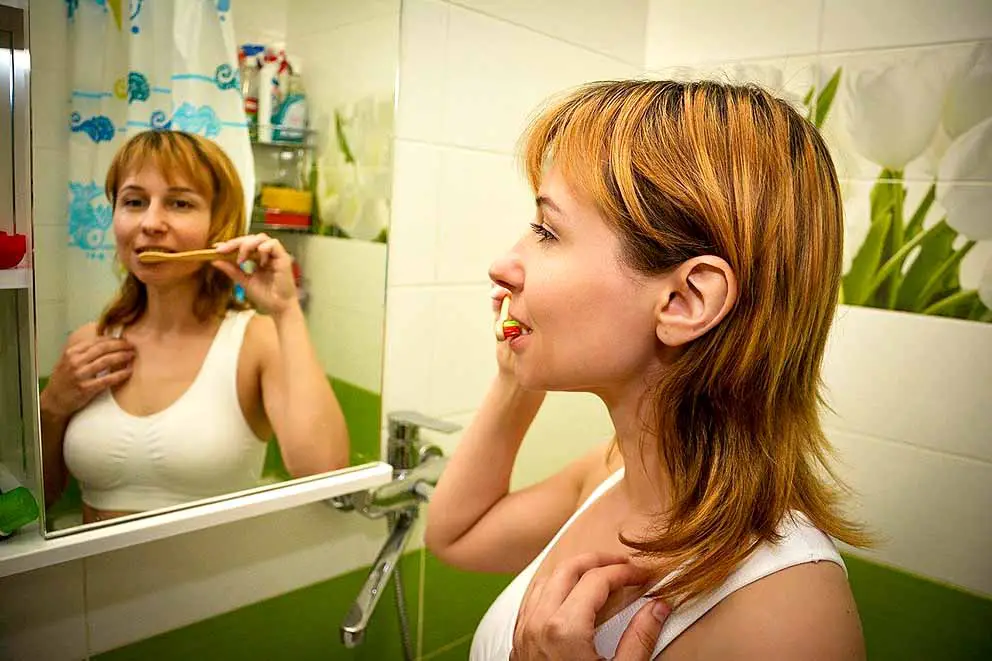From the ancient Egyptians to the ancient Chinese and Greeks, humans worldwide have been enjoying booze for millennia. Along this line, toasting and the clinking of glasses (or whatever passes for glasses for the time) together in merry, has probably been going on for thousands of years that no one quite knows its origins.
Nonetheless, people around the globe today continue to merry and toast together. After all, toasting is a widespread social activity that represents friendship, honor, and good things to come. When you’re traveling, this simple act of sharing a drink brings people of different cultures together.
However, it is always ideal if you are armed with some initial knowledge of the language. It’s worth noting that there are various translations for or contexts to say cheers in Spanish. These include the terms used for informal scenarios and traditional ones you can use in almost all situations.
Are you interested in learning the different ways of saying cheers when you visit Spanish-speaking countries? Among the most basic terminologies that are ideal to know are the ones you will commonly use when celebrating with friends and the locals. During your encounters with the native speakers, you may pick up on different words and phrases, including the usual phrases for saying cheers.

Different Ways to say Cheers in Spanish
1. ¡Salud!
¡Salud! (Pronounced sa-lood) is the common cheers in the Spanish language. This is the most frequently used word in the context of toasting drinks, and you have probably heard it before. Salud literally translates to “health.”
In the context of toasts, the long version of the word is “a tu salud,” which means “to your health.” You say salud! during toasts to honor someone and wish them overall wellbeing and good health. You may also use this term to celebrate a situation or occurrence that has resulted in good things happening to someone.
An example of the use of “salud” when toasting is “¡Un brindis por la recien casado! ¡Salud!” which translates to “A toast to the recently married! Cheers!” One fun fact about this toast is that there is an even longer version of it, although it is rarely used.
“Salud, amor, pesetas y tiempo para disfrutarlos” translates to “health, love, money, and the time to enjoy them”. Also, while in Spanish-speaking countries, you may hear people using the word“salud” when a person sneezes. In this regard, the term is the same as “bless you” in English.
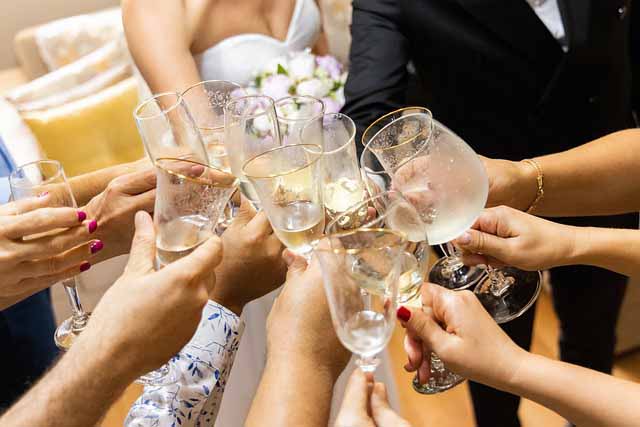
2. ¡Arriba, Abajo, Al Centro, Pa’ Adentro!
“Arriba, Abajo, Al Centro, Pa’ Adentro” translates to “Up, down, center, and inside”. This way of saying cheers is very popular in Spain, but many other people in Spanish-speaking countries use it at celebrations and parties.
As such, you may encounter different ways of saying the phrase depending on your country. What is common, though, is that there are some toast-related actions that accompany the phrase. These actions include:
● ¡Arriba! or “Up!” – you lift your glass up high
● ¡Abajo! Or “Down!” – you lower your glass to touch the table
● ¡Al Centro! Or “To the Center” – all participants tap their glasses in the center, which is the toasting action.
● ¡Pa’ Dentro! Or “to the inside” – you down your drink in one single shot
This informal way of saying cheers in Spanish-speaking countries is commonly used by people on the younger side. It serves to hype parties or celebrations and continue the boozing, with an aim to make the partygoers take shots.
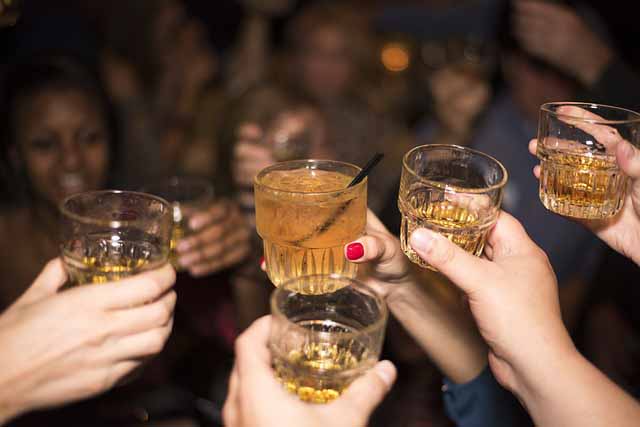
3. Por!
One of the most commonly used phrases during an event or celebration in Spanish-speaking countries, if you aim to toast to or honor someone, is the word “Por,” which is the Spanish translation of the word “to” (someone or something). For example, you can say, “Un brindis por,” (a toast to) followed by the name of the person you want to honor.
The rest of the attendees of the gathering will say the name of the person being honored and answer “Por,” then clink their glasses. Using “Por” is optimal when a special event warranting the celebration is deserving of a toast. For instance, if your friend has just wed or has just graduated, you will stand, get the attention of the gathering, hold your glass up high, and make the toast.
You get the attention of the attendees by saying, “Quiero hacer un brindis, por favor,” meaning “Please, I need to make a toast, please.”
It is quite similar to how people propose a toast in honor of someone in many other countries.
You may also use the phrase to toast not just to a person but also to something. This can be a new journey, a new employment opportunity, a new business, or a new life. Below are some ways in which you can use “Por” to say cheers:
- Por vosotros – to you
- Por nosotros – to us
- Por los aqui presentes – to those who are present or here
- Por mi amiga, quien se acaba de graduada – to my friend who has just graduated
- Por mi nuevo trabajo sonado – to my new dream job
- Por los novios – to the newlyweds
4. Chin chin!
Chin chin, which sounds like an imitation of the sounds glasses make when they clink together, originates from the Chinese words “ch’ing ch’ing,” which literally means “please, please.” In Spain, it may be used as a way of saying cheers or toasting, usually in a familiar, informal setting or when celebrating with children. Note that this phrase is not considered formal enough to use in more serious settings, like meetings and the like.
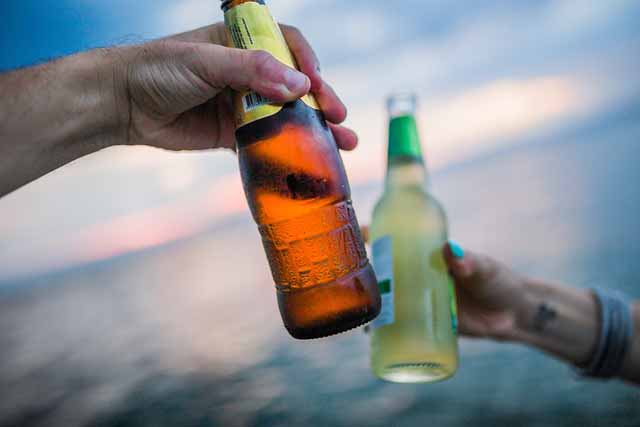
5. Traditional Spanish Toasts
There are some other traditional terms, phrases, and rhymes that people in Spain and most Spanish-speaking countries use during celebrations. Note that these phrases and toasting rhymes may be old school, and you may seldom hear them in all Spanish-speaking countries. Nonetheless, it’s still interesting to know them as you may encounter some people using them. The most common of these phrases is:
- Estiro el brazo, doblo el codo, y me lo tomo todo — my arm stretched, my elbow bent, I drink it all.
This phrase is used to take a full shot.
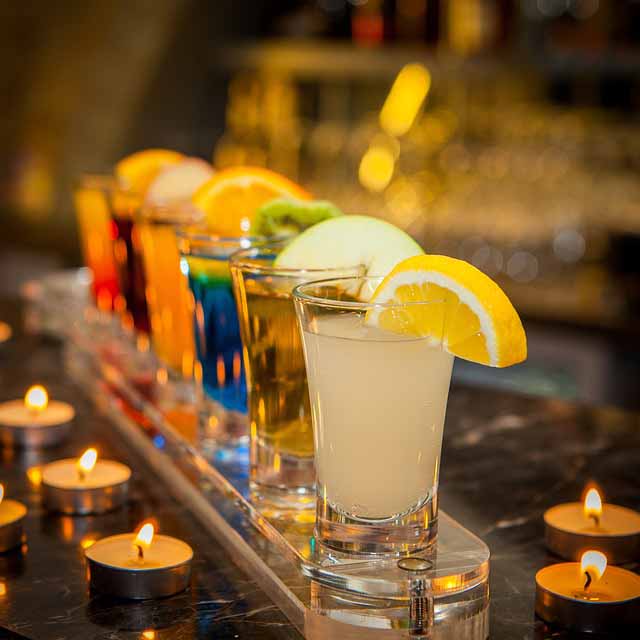
Do you toast with non-alcoholic Beverages?
It is a long-held belief that toasting with non-alcoholic beverages (and especially water) brings bad luck and is usually discouraged. This odd superstition has very interesting roots.
In Greek mythology, the dead drank from the River Lethe, located in the underworld, to erase their lives above. For this reason, the ancient Greeks would make a toast with water to send off the dead. Therefore, it is seen as though you were wishing someone bad luck by toasting someone with water.
While toasting is largely associated with alcoholic drinks, it is not uncommon to toast with non-alcoholic beverages today. It is perfectly fine today to toast with non-alcoholic drinks like non-alcoholic champagne or mock cocktails. Your drink doesn’t have to look like alcohol either. So long as you are not toasting with water.
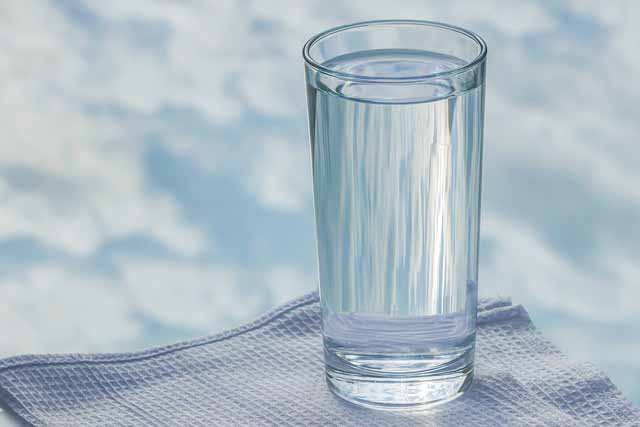
For most gatherings, it’s the thought that usually counts. This will often be the case for formal gatherings. For very informal gatherings like parties, there may be some pressure to toast with an alcoholic drink. Nonetheless, what to toast with is largely a personal choice today.
There are some instances, however, where alcohol is just not on the menu. For instance, there are non-alcoholic wedding toasts, aptly referred to as dry weddings. During gatherings, there may be reasons why the hosts may want people to stay sober.
One common reason is it’s a children’s event, or you are celebrating with children. Another reason is if the venue of the event does not allow alcohol. Some venues require liquor permits; otherwise, you are forced to go dry. Such venues can include recreational parks, beaches, public squares, and lakes.
Another good reason why you may make a toast with a non-alcoholic drink is medical issues. Many medical conditions require no alcoholic consumption. Also, you cannot mix some medications with alcohol. Since health is very important, in these cases, going dry will be necessary. Just ensure you inform the partakers of the toast that you are with them in thought.
Toasting Etiquette – do you look each other in the Eyes?
You have now learned some interesting ways to say cheers in Spanish. It is also essential to understand the basic drinking and toasting etiquette to make the most out of your celebrations and also avoid making things weird or awkward.
First and foremost, it is important to look at the eyes of the person or people you are clinking glasses with. Eye contact during a toast is an essential aspect of the toasting etiquette. Avoiding eye contact is associated with bad luck or wishing someone bad luck.

Image by Vinotecarium from Pixabay
It is also important to only drink after everyone involved has said salud! You are allowed to drink after the person making the toast has finished stating the reasons for the toast. This part of the drinking and toasting etiquette is not only about having proper manners, but it is also said to fend off bad luck. So, stay patient and wait until everyone says cheers.
Also, it is considered bad luck to toast with an empty glass. Even if you cannot consume alcohol due to the aforementioned reasons, there are non-alcoholic alternatives. These may include mocktails and sparkling drinks.
Now you are good to toast and make merry while adhering to appropriate etiquette in Spanish-speaking countries. Keep these terms and phrases in mind as you mingle with the locals and enjoy the culture and drinking traditions of the country you are touring.
